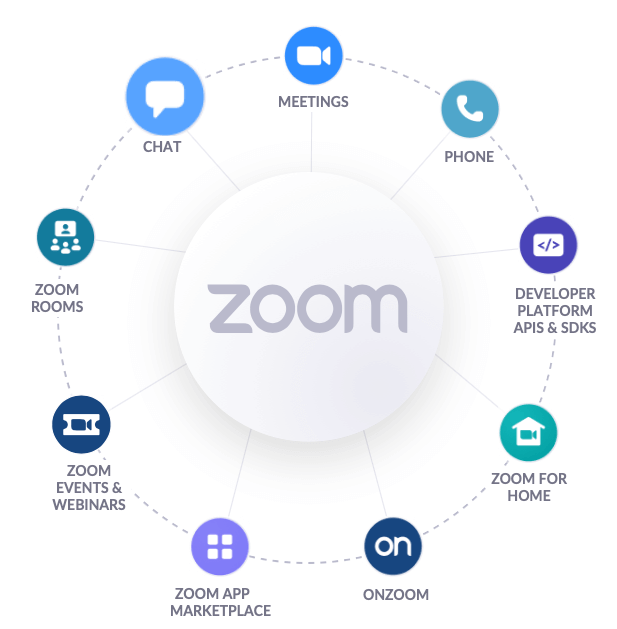What are Hybrid, Remote, and Telecommuting? Here’s a Quick Guide to the Different Types of Work Environments

If you’re looking for a new job, you might have run into different terms for work environments, atmospheres, or models. And you might be wondering just what these different terms mean and how your day-to-day will be impacted. Knowing these terms will help find the right fit for your personality, career, and needs.
Check out this guide to learn more and be better prepared when you’re reviewing, applying to, interviewing for, and accepting your next role.
Here are the major types of work environments:
- Hybrid
- Remote
- Remote-first
- Telecommute
- Traditional or conventional
- Flexible
Types of Work Environments or Work Models
Hybrid
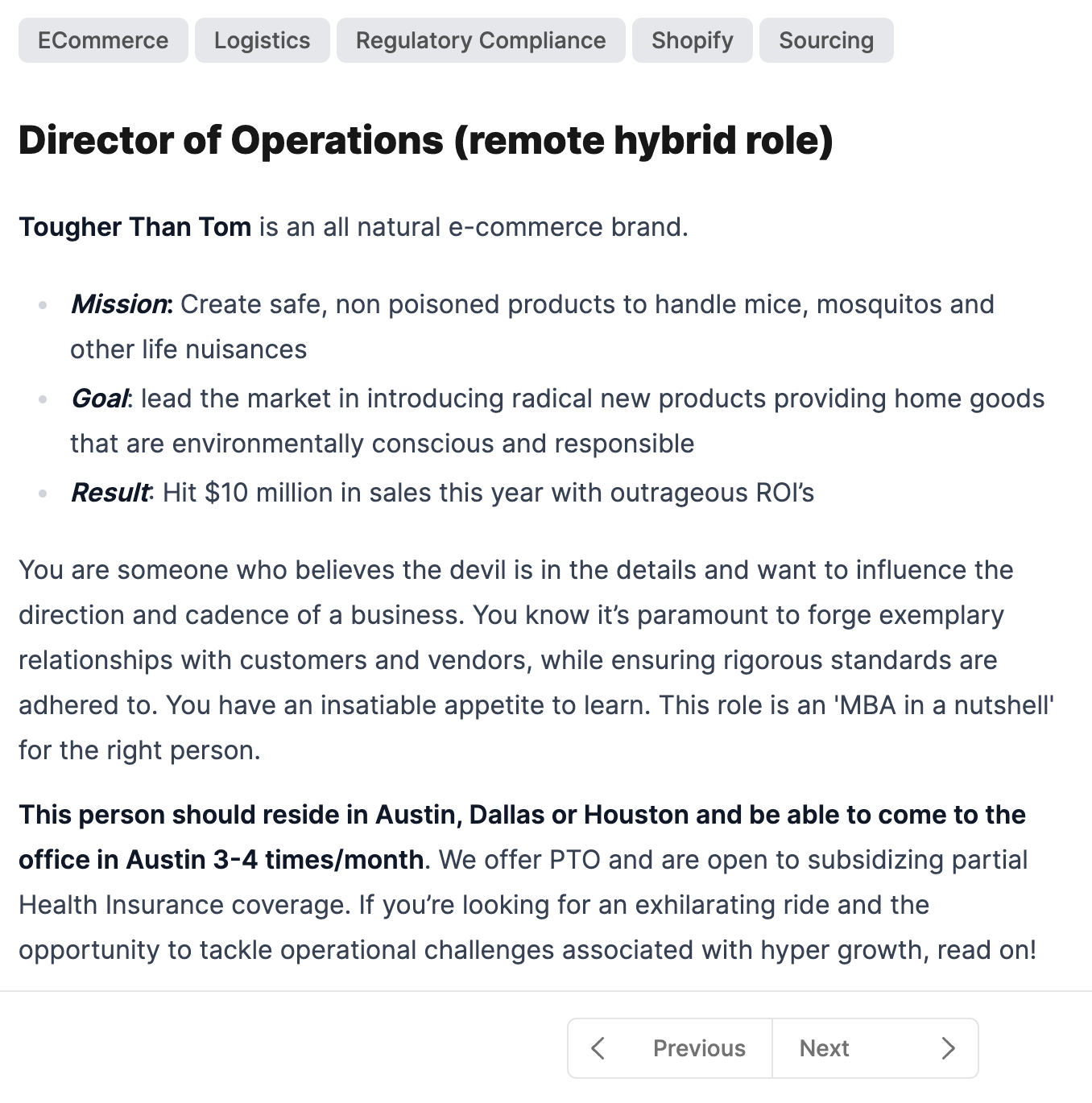
Hybrid work is a varied, flexible model that lets team members split their time between working from home and working in the office. Some companies give their team the freedom to choose which days to come in (usually with a minimum per week), while others assign a schedule according to the team, role, manager preference, or a combination of these options.
This model is intended to provide a better work-life balance by giving team members more flexibility in where and how they work. And this is highly valued since nearly half of employees would probably look for other work if they weren’t offered a flexible arrangement.
Remote

Some companies operate completely remotely, with no physical office. Team members may be in a single time zone (or within a few hours of that time zone). This means working hours for everyone are the same or similar, with a large overlap each day to accommodate synchronous work (work or meetings happening at the same time). This type of remote work is common in small companies.
Other remote work setups are made with team members all over the world across different time zones. In this case, there are no (or little) synchronous communication efforts or meetings in a specific time zone but instead a preference toward asynchronous communication, which encourages documentation via tools like chat messages, email, and recorded video. So, team members enjoy more flexibility in their day to work the hours that best suit them. You might be more engaged with a greater sense of freedom and autonomy in this model, but you also might feel lonely, find it tough to immerse in the company culture, or face challenges with the line between work and life.
Remote-first
Operating in a remote-first way is an organizational philosophy for optimizing workplaces for remote work above other models. For example, companies might have policies, procedures, and workflows documented that support remote work, even if they operate offices for people to temporarily work from. The difference between remote-first offices and traditional offices is that an employer is not actively driving business and culture from any office – the buildings are simply places to work from, just like a cafe or home office is.
Since workflows are created with no location in mind, you’ll still enjoy the flexibility you would in a remote model. Plus, you’ll get the added bonus of a different place to work, a change of scenery, or the chance to connect in person with colleagues. On the other hand, engagement could be a challenge at times since different team members will naturally engage in different ways with onsite and remote work environments.
Telecommute

Telecommuting is very similar to working remotely from home but the location could be anywhere, like a cafe, airport, restaurant, coworking space, or park. This gives team members the ultimate flexibility, as they really only need their laptop and an internet connection to get their jobs done. Of course, it’s essential to log in securely which could be compromised on open, public WiFi networks, so many companies will provide VPNs to secure their data.
Traditional or conventional

Some companies still operate under a traditional or conventional working model, where the team typically works from 9:00-5:00 in an office environment. This is often indicative of a more rigid, conforming culture beyond working hours and location, which can include processes and procedures, dress codes, meeting styles, and more.
Some may not like the rigidity, set schedule, and working style that a traditional model prescribes, and it can restrain individuality and creativity. However, the predictability and comfort of knowing what to expect can be a benefit to others who are, by nature, quite organized and routine-oriented.
Flexible
The flexible work model is just how it sounds – flexible towards team members’ preferences of work hours or schedules and workspaces. This is also known as ‘asynchronous work’. For example, rather than working the typical 9:00-5:00 Monday through Friday schedule of most traditional work models, team members working under a flexible model might work longer hours four days per week and take three days a week off instead. Or, maybe they arrive at 6:00 am and leave at 2:00 pm twice a week.
The focus here is on doing a quality job at work, no matter the hours you keep or the way your desk is arranged. The benefit of this is that each team member’s individuality is acknowledged and valued, but the drawback is it requires a great deal of self-discipline, which some people simply aren’t self-driven enough to have.
Other work environments or models
Here are some other work environments or models you might come across in your job hunt. Just like with the others, you’ll want to be sure you’re well-suited to these models before accepting a new role that operates within them.
- Creative – very flexible working hours are kept to accommodate reflection and inspiration when the mood strikes.
- Practical – hours are set based on the work tasks performed, like within labor and skilled trades.
- Competitive – workers earn rewards based on how their performance ranks with their peers, with target goals being common.
- Collaborative – each team member’s qualities and talents are utilized to the fullest so the team is fully balanced and everyone can achieve goals together.
- Punitive – workers are penalized for missing goals or going against policies, but there is no reward or incentive for high performance or achievement.
Identifying Work Environments or Models
You may not know how to tell what a work environment’s culture, conditions, and physical space will be like if they’re not stated explicitly. That’s where these key areas to look into can come in pretty handy:
- Check out job descriptions, including the “about us” section.
- Research the company’s website and social media pages.
- Reach out to current team members through LinkedIn.
- Go through employee reviews.
- Ask recruiters or hiring managers (if you’re interviewing for the role).
Related Posts:


Featured Remote Jobs
 Opened 5 days ago Featured Job Remote Job
Opened 5 days ago Featured Job Remote Job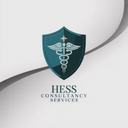 Remote Pharmaceutical Sales Representative (Native English)Hess Consultancy Services$8 - $9 per hourOpened 5 days ago Featured Job Remote Job
Remote Pharmaceutical Sales Representative (Native English)Hess Consultancy Services$8 - $9 per hourOpened 5 days ago Featured Job Remote Job US - Remote Work from Home Customer Service Rep in a Contractor Role / Weekly Pay / Flexible ScheduleOmni InteractionsShort-Term Project$15 - $19 per hourOpened 6 days ago Featured Job Remote Job
US - Remote Work from Home Customer Service Rep in a Contractor Role / Weekly Pay / Flexible ScheduleOmni InteractionsShort-Term Project$15 - $19 per hourOpened 6 days ago Featured Job Remote Job Opened 6 days ago Featured Job Remote Job
Opened 6 days ago Featured Job Remote Job Opened 7 days ago Featured Job Remote Job
Opened 7 days ago Featured Job Remote Job Opened 13 days ago Featured Job Remote Job
Opened 13 days ago Featured Job Remote Job Closes in 15 days Featured Job Remote Job
Closes in 15 days Featured Job Remote Job Closes in 11 days Featured Job Remote Job
Closes in 11 days Featured Job Remote Job Closes in 10 days Featured Job Remote Job
Closes in 10 days Featured Job Remote Job Closes in 8 days Featured Job Remote Job
Closes in 8 days Featured Job Remote Job
